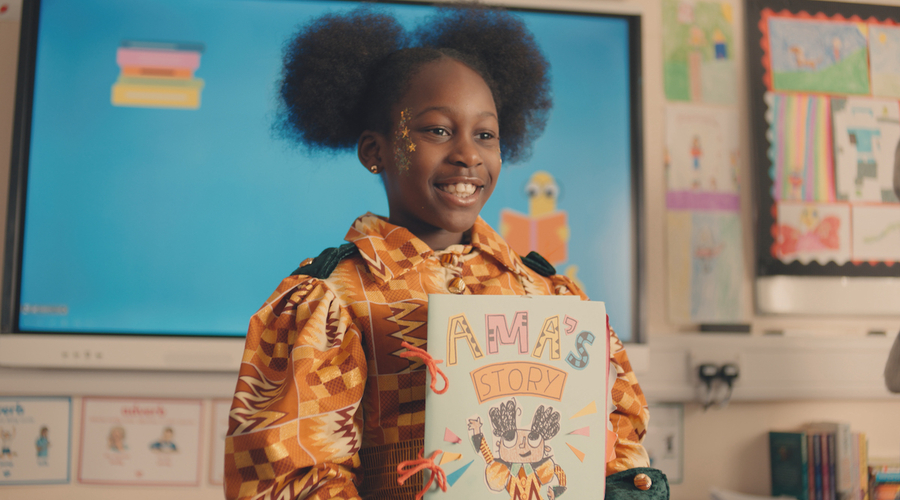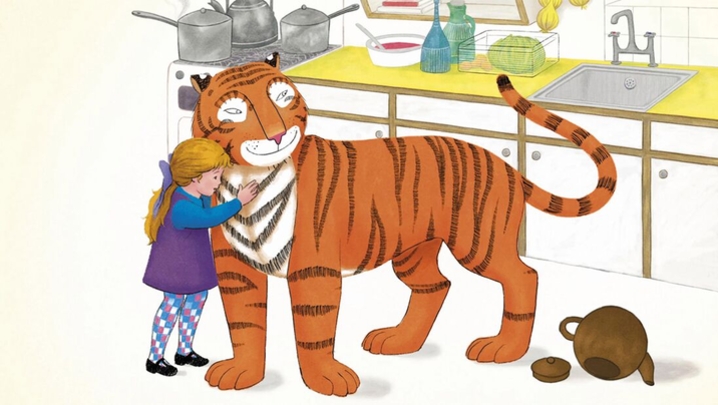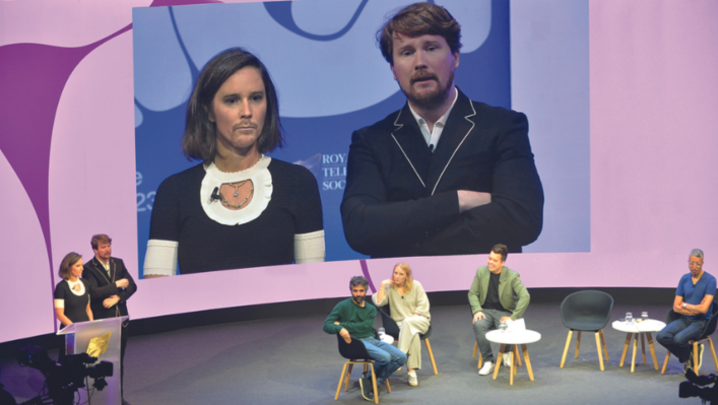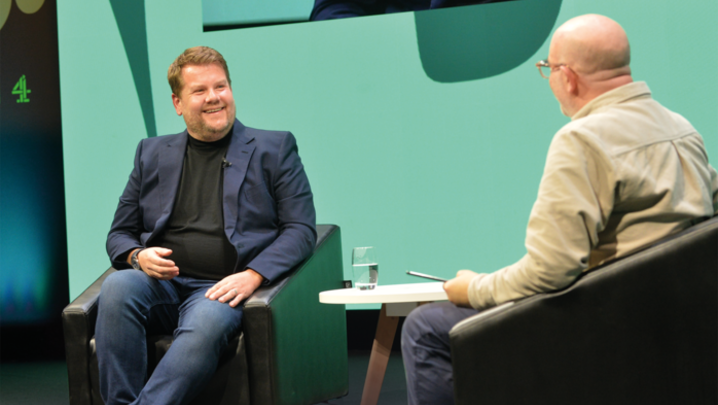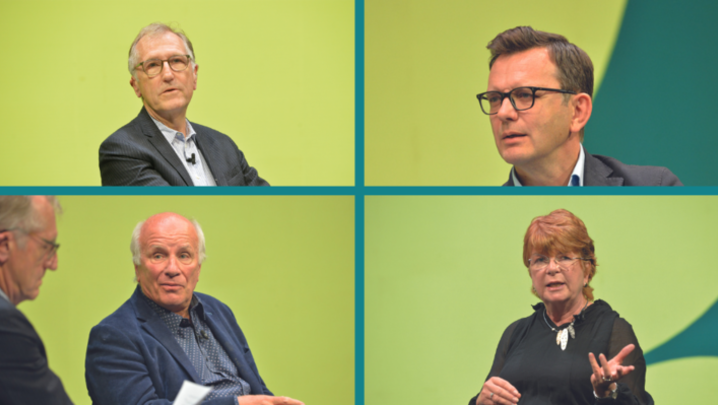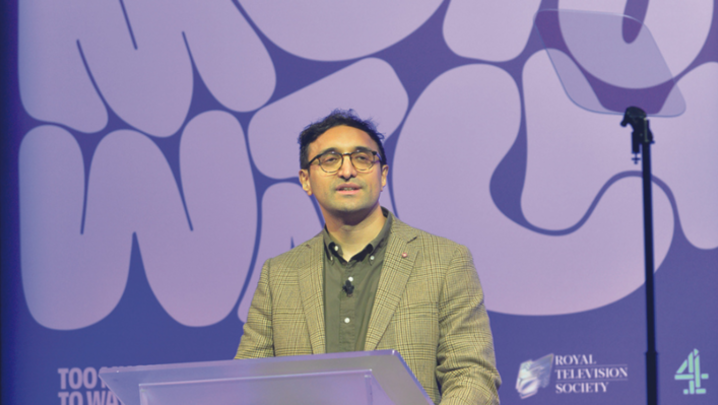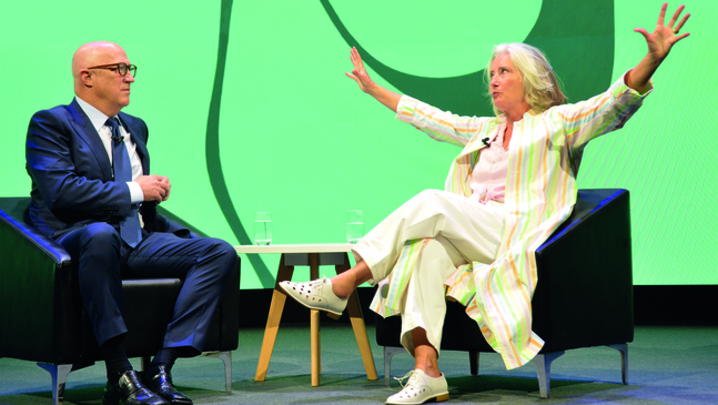Sky goes head to head with CBeebies by providing an ad-free linear-TV channel. Shilpa Ganatra investigates.
Parents, rejoice! From 13 February, there will be another televisual offering to help keep the little ones occupied. Sky Kids is a 24-hour, ad-free, linear-TV channel aimed at the under-sevens. Going head-to-head with CBeebies with shows that it promises will be entertaining and educational, the channel will be available automatically to those who subscribe to the £9.99 a month Now Entertainment package or the £6 a month Sky Kids package.
Tune in, and you’ll find established favourites such as The Epic Adventures of Morph and The Very Small Creatures alongside new commissions, including Ready, Eddie, Go!, narrated by Jodie Whittaker, and Ama’s Story, a one-off special based on a British Ghanaian and Nigerian family.
For such a playful channel, Sky means serious business. While the budget remains under wraps, the media giant is beefing up the 10,000 episodes of children’s content already available with newly commissioned, British-skewed shows. Doing so is “a business priority,” says Zai Bennett, Sky’s Managing Director of content.
“In terms of the Sky channel portfolio, we’ve got a documentaries brand, a nature brand, a crime brand, a comedy brand, Sky Atlantic is a grown-up, chewy drama brand, Sky Max is a narrative and entertainment show brand,” he says. “We had Sky Kids as an entity that commissioned and acquired shows, and we put them on-demand, but this is the final piece in that puzzle.”
The scale of investment in the channel is visible in its launch-week schedule: a third of the shows will be new to Sky, and about half will be Sky Originals. Forty two per cent of all titles available in launch week – both acquisitions and originals – are British.
Sky’s director of kids’ content, Lucy Murphy, adds that the new channel will have an emphasis on live action – one of the more expensive ways to produce children’s TV. But, she says, it is much needed: “We’ve got great channels, such as Boomerang, Nick Jr and Nickelodeon, which have got a lot of animation, so we wanted to balance that out a little bit. It’s important for younger kids to see themselves on screen.”
To that end, one of the new shows is My Friend Misty, executive produced by presenter Fearne Cotton and narrated by Breeders star Daisy Haggard. “It follows a bunch of everyday kids as they come up against the big life lessons, which, when you’re six, means things like not being invited to a birthday party or falling out with your best mate,” says Murphy. “A little animated character called Misty comes in and talks them through strategies for coping.”
The channel is exploring new paths in children’s TV, too. Aimed at two years and older, BooSnoo! was developed with support from the National Autistic Society to make it engaging for kids with learning difficulties or who may be autistic. It calmly follows the journey of a red ball as it moves through different landscapes.
Executive producer Julian Bashford of Visionality worked with Sky to bring the series to the screen. He says the broadcaster “was so in tune with the idea from the get-go. Communication was fast, positive and creative… It took away weeks of head scratching, waiting and pacing, and allowed us to get on and make the show.”
He adds that the channel’s arrival is a very welcome development for children’s TV producers – and for kids themselves: “Sky is clear that it doesn’t want to overlap with the channels it already has, which encourages producers to up their game and become more inventive. It’s what we’ve done with BooSnoo! – it’s certainly not a typical show.”
Regarding future commissions, Murphy has identified specific gaps: “We’re looking for new music-and-movement shows, and we’re always looking for strong stories. Whether that’s a half-hour special or a series, storytelling is at the heart of what we do.”
As parents are often concerned about what their children are exposed to, it is critical that the channel remains ad-free. “That’s a great differentiator for us in the Sky Kids pack,” says Bennett. “When you think about Nickelodeon or Boomerang and the other linear channels, they’ve all got adverts.”
Staying ad-free provides the service with the same advantage that the BBC and US-based streamers have. Tom Harrington, head of television at Enders Analysis, notes that advertising to kids is “quite a tricky business – it is highly regulated, and it’s getting harder to make money out of it. The big money around kids’ programming is owning the show’s intellectual property and then merchandising off of it. That’s why you want to get into kids’ TV.”
Introducing a new linear-TV channel looks like a bold step at a time when the direction of travel is to on-demand content. Harrington points out that, in the past 12 years, linear viewing for four- to-15-year-olds has fallen by 76%. “We’re seeing the effect of adults who have moved away from linear-TV. When they become parents, they decide what the younger kids watch.”
So why launch a linear channel? “We’ve done lots of research, and this is a very specific benefit that customers want that is missing at the moment,” says Bennett. “Linear-TV can act as a babysitter. A lot of the time, parents don’t want to put on 25 Peppa Pigs back-to-back. It’s nice to know that you might get a half hour or 40-minute session where they get a variety of different flavours of content.
“And it adds that serendipity to the discovery process, where something they may not have planned on watching or thought about watching comes on next. It’s great for helping us launch new shows.”
Linear-TV programming for younger children remains a strong performer at the BBC – CBeebies has more than 8 million viewers monthly, almost twice as many as CBBC, which is aimed at seven- to 12-year-olds.
Anna Taganov, head of children’s content and programming strategy at the BBC, says: “CBeebies is a channel that is going to outlive pretty much every channel on linear-TV.”
Having spent 13 years working for Disney and Disney Junior, she has seen repeatedly that “linear channels provide curation and a programme flow that parents appreciate. Linear channel schedules reflect the flow of children’s lives. They take into account school holidays and the daily routine of a child: early mornings, bedtime.
“Ten years down the line, some Generation Alphas, who are 12 years old now, will have had children. So, probably, by then, linear will have changed entirely.”
Taganov seems to be keeping a close eye on Sky Kids, but her focus will remain “dramas, animation, ambitious edutainment and family shared watching. We still hold our unique position because of established free-TV channels and iPlayer. We understand that this is a very competitive market but we feel confident. The depth of content in this genre that we are producing is like no one else’s,” she says.
“We have our dramas, unscripted and factual entertainment, but we’re also doing things that no one else in the market or, dare I say, in the world, is doing – TV events such as the CBeebies Prom, and a performance in the Globe Theatre. Those are unique things that only we can deliver.”
Bennett is nevertheless confident that Sky Kids can succeed – as measured by subscription levels more than viewership. “This isn’t brand new to us,” he says. “The Sky Kids pack exists, and this is another way of getting it in front of the right people.
“We’re agnostic about how people consume. I don’t mind if someone wants to watch it on-demand or on linear-TV. As long as they’re consuming our stuff, I’m a very happy person.”
Sky Kids launches on 13 February.

